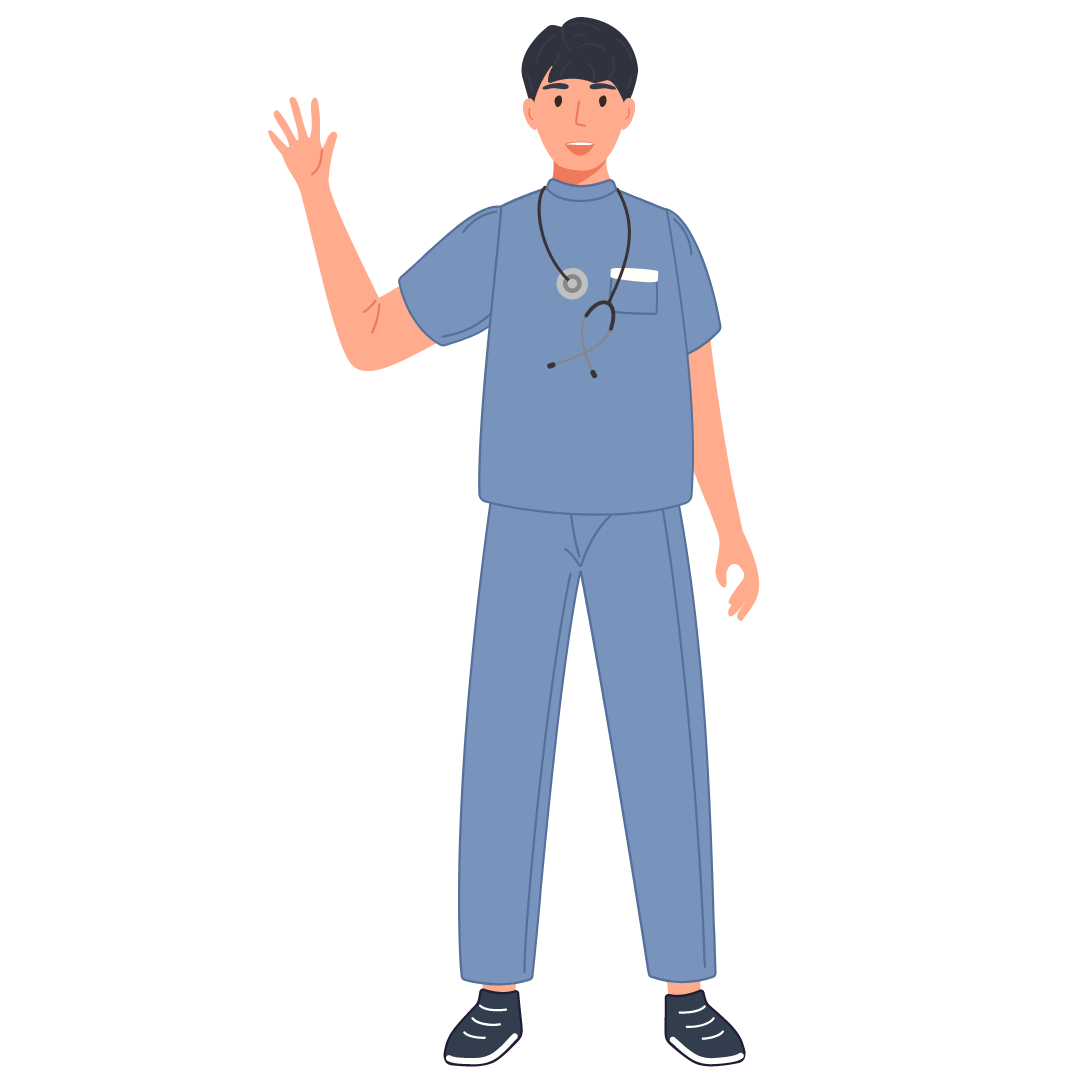Harvard Ob for Home Birth
The New England Journal of Medicine interviewed the renowned American-educated obstetrician Neel Shah. Dr. Shah is an assistant professor at Harvard and a national advocate to enlighten maternity care. He discusses the findings that in the United Kingdom (U.K.), healthy women with low-risk pregnancies were safer giving birth in birth centers or at home under the care of a midwife than in a hospital under the supervision of an obstetrician.1
Obstetricians in hospitals in the U.K., as in the U.S., tend to perform cesarean sections even when not medically necessary. British women also have access to Nurse-Midwives who are part of their health care system. C-sections may result in more complications, including hospital-acquired infections, hemorrhage, and injury to specific organs, than in vaginal births.
In the U.S., more midwife-managed birthing centers are needed for low-risk pregnancies.1 When complications arise, women need a smooth transfer during labor from their homes or birthing centers to the hospital. Laboring women who have had children before have less chance of needing to be transferred for medical care. Since it is essential to avoid that first cesarean whenever possible, and women with their first pregnancy have a higher chance of “unnec-cesareans,” I think it is even more critical for these women to consider the out-of-hospital birth option.
Shah states that in Britain, 50% of first-time laboring mothers were brought to the hospital when an out-of-hospital birth was planned, but the incidence in my private practice was much lower. Women with their first labor need to do their best to avoid the “cascade of interventions” that can be a slippery slope that often lands one in the operating room.
Reference
Shah, Neel. NICE delivery – The cross–Atlantic divide over treatment intensity in childbirth. (2015, June 4.) N Engl J Med. 372:2181-2183. Retrieved from

